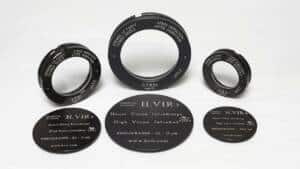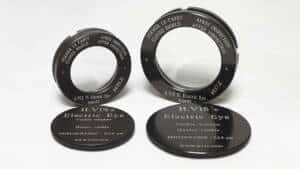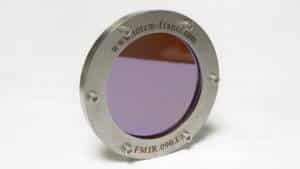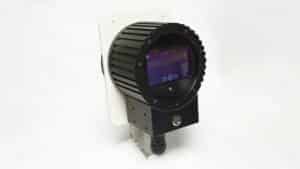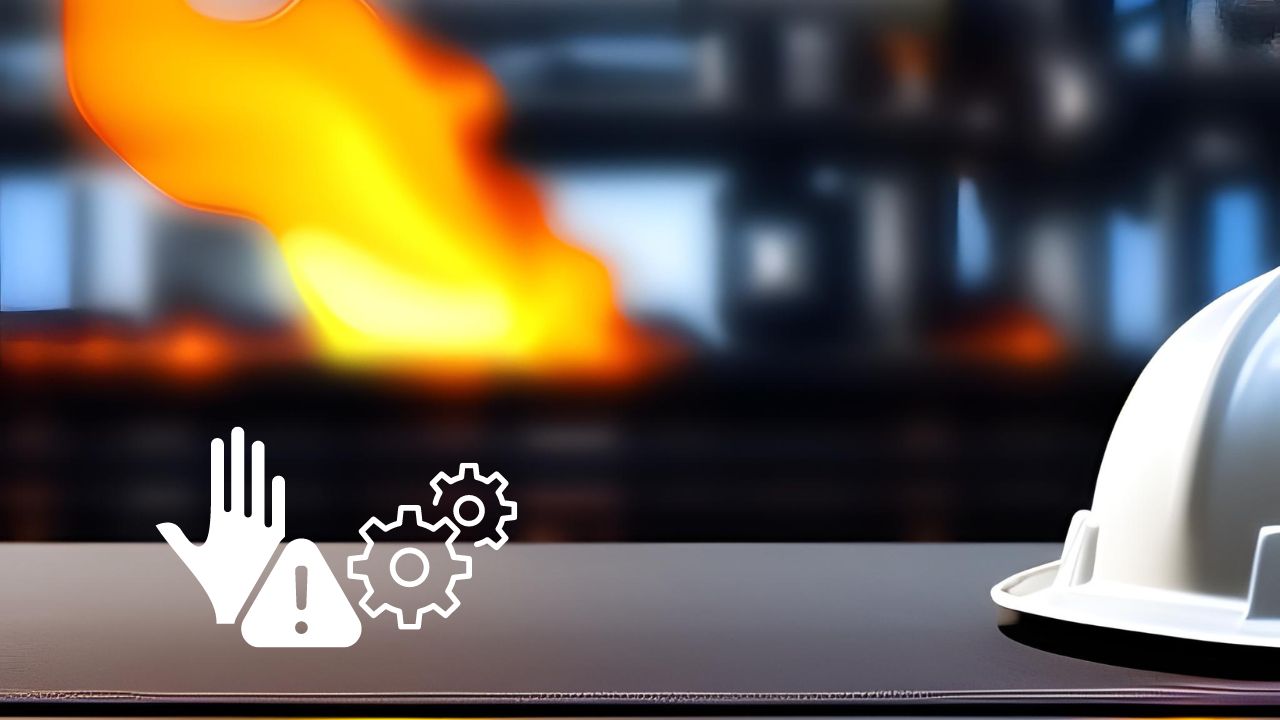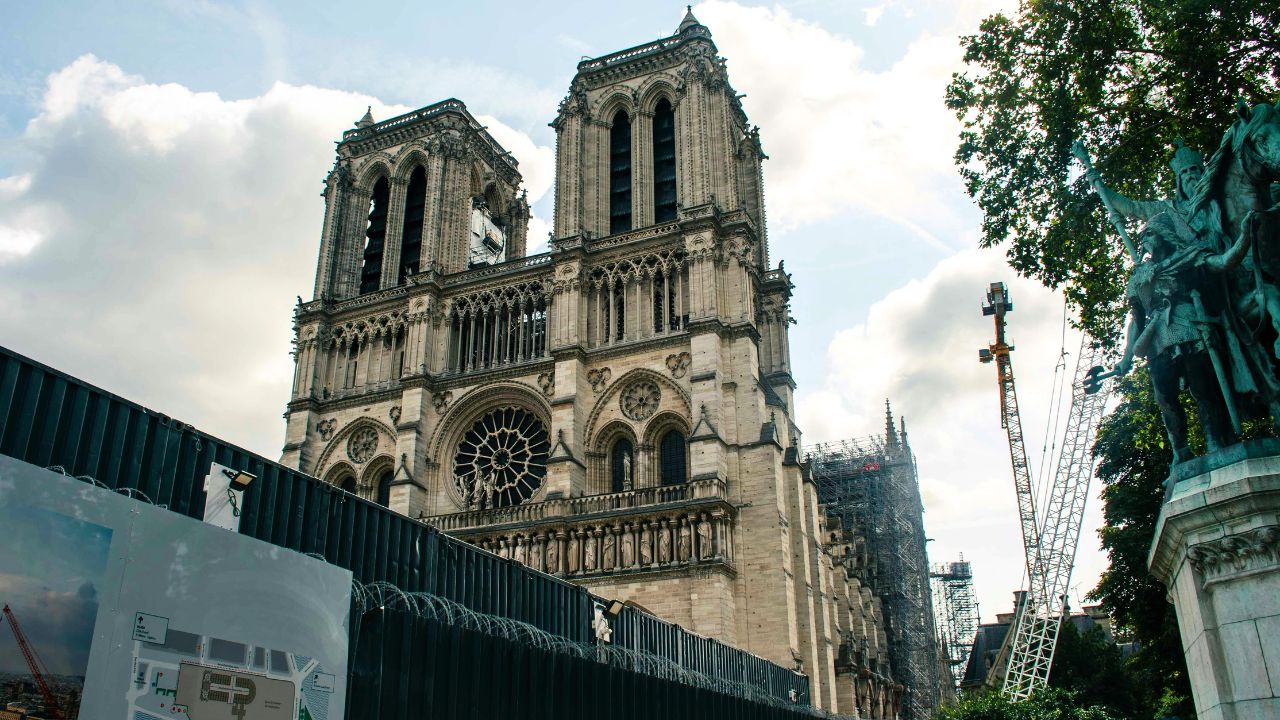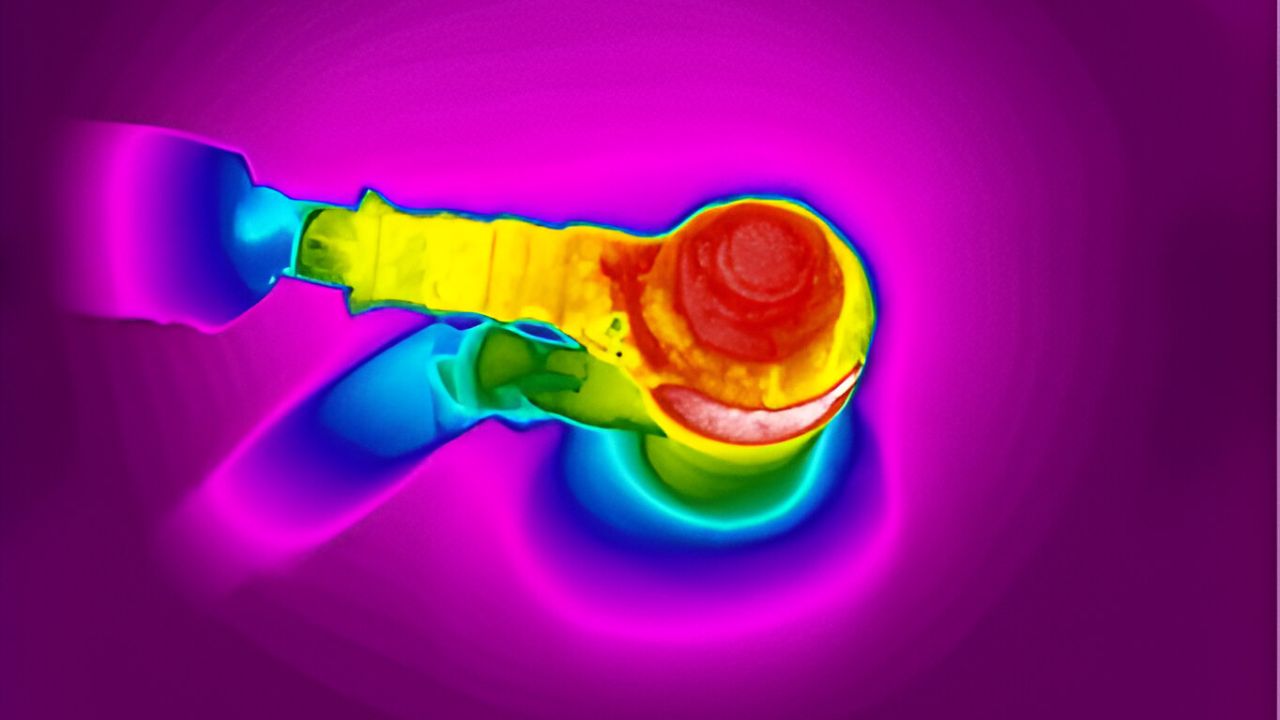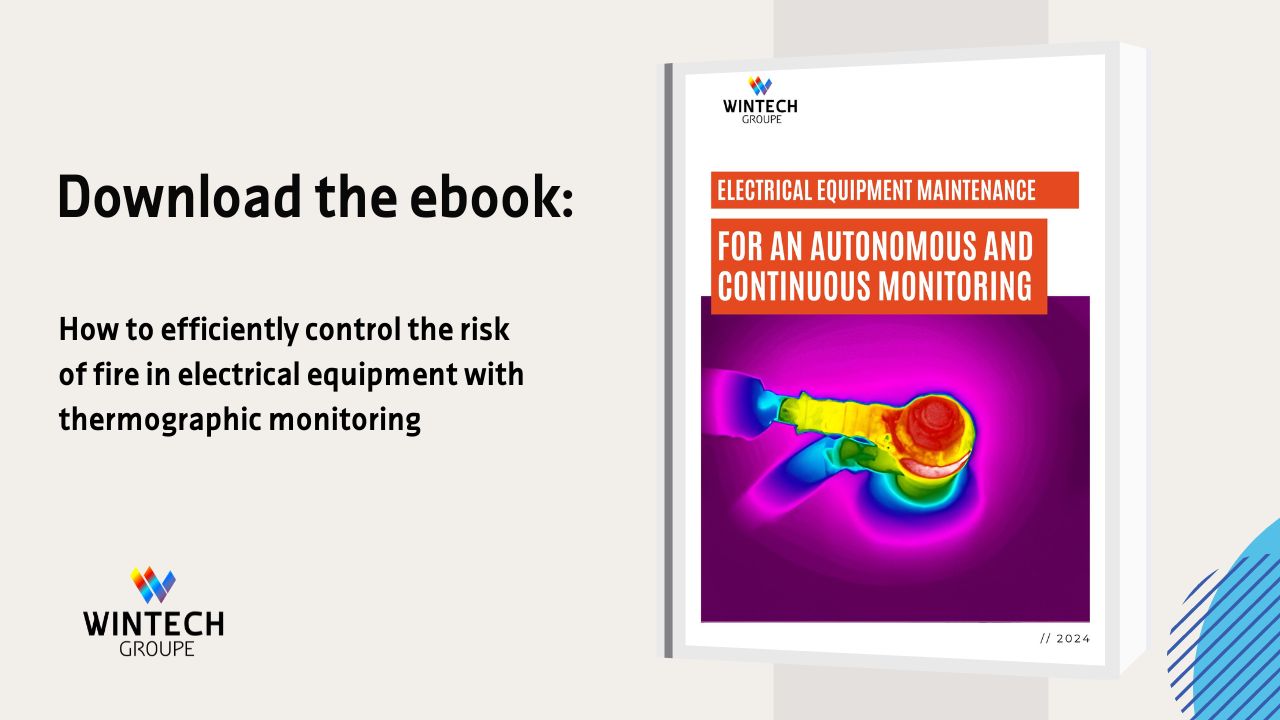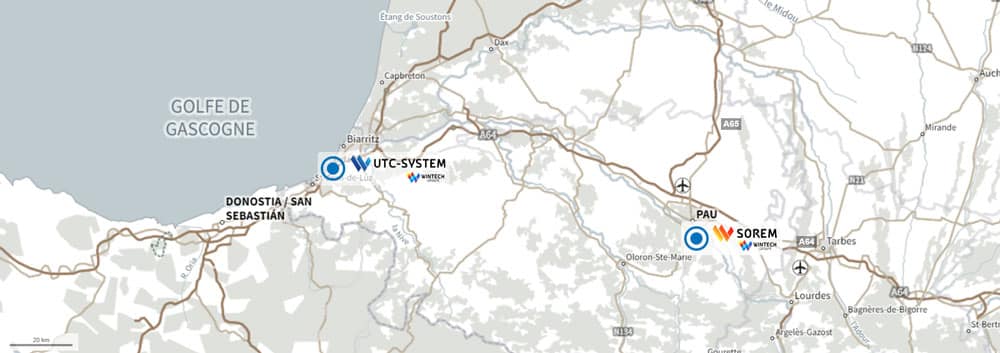Infrared fire detection technologies: uses, advantages, and disadvantages
Fire detection technologies play a crucial role. As well as being a legal obligation, they are essential for ensuring personal safety and preventing heavy material and financial losses for companies or local authorities. Existing technologies such as smoke, heat, and flame detector, are widely used. However, this equipment is not necessarily suitable for all working environments and cannot anticipate the risk of fire.
So, how do you choose the right equipment? Is there a reliable and effective early fire detection system? Let’s take a look at the different technologies available on the fire detection market.
Different types of fire detection technology
What is a fire safety system?
In industrial buildings, the fire safety system (FSS) comprises two components: the fire detection system (FDS) and the fire protection system (FPS).
The fire protection system intervenes when a fire has already broken out. Its role is not to prevent a fire from occurring, but rather limit its spread and consequences. The FPS cover a wide range of equipment, from fire doors to smoke extraction systems, as well as all extinguishing systems (fire extinguishers, water sprinklers, foam, powder or inert gases extinguishers, water curtains etc.). These are fixed systems that operate autonomously and respond rapidly in the event of an anomaly. They are essential in industrial buildings, preventing a minor incident from reaching catastrophic proportions.
A fire detection system, on the other hand, acts upstream of the incident: the role of a fire detection system is to detect a fire before it breaks out fully and causes irreparable damage to the company.
How do you choose your fire safety equipment?
The choice of technology to be used depends on several factors, such as the surface area of the premises to be protected, the number of people, the ceiling height, the type of building the materials, and the nature of the business taking place there. In many countries, equipment can be compulsory depending on the surface area or capacity. For example, the installation of a fire alarm system is compulsory in France once the building’s capacity reaches 50 people.
To achieve effective prevention and minimise the risk of a fire breaking out, it is essential not to overlook the role of fire detection technologies. Let’s not forget that the best protection lies in preventing a dangerous situation from occurring, rather than fighting to try and eliminate it. Their integration must therefore be carefully considered at the design stage of buildings and before they are brought into service.
The advantages and limits of fire detection technologies
There are currently several different types of fire detection systems, each designed for a particular purpose. The most common types include:
- optical smoke detectors, which are triggered when smoke enters the appliance.
- thermostatic heat detectors, which are fitted with a sensor and react to a rise in temperature;
- infra-red and ultraviolet flame detectors, which react to the light emitted by a flame.
Optical smoke detectors are mainly used to detect the beginnings of slow-burning fires. Subject to strict standards, they are the most widely used equipment in buildings in France. However, when used in industrial environments, their effectiveness quickly encounters a number of limitations. They are also unsuitable for dusty environments where smoke can be confused with dust, leading to frequent “false alarms”. Nor are they suitable for buildings with high ceilings or in draughty environments as the smoke would take too long to reach the detector. This makes early detection difficult, if not impossible.
Heat detectors, known as thermostatic detectors, allow earlier detection. They are sensitive to the temperature rise in a closed environment and can therefore detect an emerging fire even before the first smoke appears. Some models are also capable of calculating the speed of temperature change, so are very effective at detecting an abnormal change. However, they are not suitable for hot-spot work environments, which are subject to frequent and sharp variations in temperature.
Finally, infra-red or ultraviolet flame detection systems measure the light emitted by a flame. They are widely used in hydrocarbon storage areas but are equally unsuitable for hot-spot workstations. Their main drawback is that they are only activated when a flame appears. When the fire has already broken out, this leaves little time to react before it spreads.
Infrared fire detection systems: thermographic imaging for early detection
As soon as the first smoke and flames appear, time is running out, and it is often already too late for the situation to have no consequences. The fire safety system can then take over to limit its spread and protect people, but material damage and financial losses for the company are almost inevitable. It is therefore essential to be proactive in detecting fires at their earliest stage when they are heating up and well before the first visible signs appear.
This was a challenge taken up by UTC, an autonomous and connected infra-red detector for infrared fire detection developed by Wintech Groupe via its subsidiary UTC-System. Positioned in a strategic location, this innovative infrared fire detection technology provides continuous surveillance of sensitive industrial sites and can send an alert to the maintenance department, whatever the time of day or night.
Thermographic imagery generated by its infrared camera can be used to pinpoint any abnormal heating points, according to predefined parameters set by safety managers. Set to a threshold adapted to the type of activity taking place in the building, the UTC can detect the early signs of a fire well before it starts thanks to infrared fire dectection. This gives the response teams precious time to take preventative measures and minimise the risk of a fire starting. The UTC can also be used in difficult-to-access or hazardous environments, ensuring continuous infrared fire detection without compromising the safety of the staff.
Fire detection technologies play a crucial role. As well as being a legal obligation, they are essential for ensuring personal safety and preventing heavy material and financial losses for companies or local authorities. Existing technologies such as smoke, heat, and flame detector, are widely used. However, this equipment is not necessarily suitable for all working environments and cannot anticipate the risk of fire.
So, how do you choose the right equipment? Is there a reliable and effective early fire detection system? Let’s take a look at the different technologies available on the fire detection market.
Different types of fire detection technology
What is a fire safety system?
In industrial buildings, the fire safety system (FSS) comprises two components: the fire detection system (FDS) and the fire protection system (FPS).
The fire protection system intervenes when a fire has already broken out. Its role is not to prevent a fire from occurring, but rather limit its spread and consequences. The FPS cover a wide range of equipment, from fire doors to smoke extraction systems, as well as all extinguishing systems (fire extinguishers, water sprinklers, foam, powder or inert gases extinguishers, water curtains etc.). These are fixed systems that operate autonomously and respond rapidly in the event of an anomaly. They are essential in industrial buildings, preventing a minor incident from reaching catastrophic proportions.
A fire detection system, on the other hand, acts upstream of the incident: the role of a fire detection system is to detect a fire before it breaks out fully and causes irreparable damage to the company.
How do you choose your fire safety equipment?
The choice of technology to be used depends on several factors, such as the surface area of the premises to be protected, the number of people, the ceiling height, the type of building the materials, and the nature of the business taking place there. In many countries, equipment can be compulsory depending on the surface area or capacity. For example, the installation of a fire alarm system is compulsory in France once the building’s capacity reaches 50 people.
To achieve effective prevention and minimise the risk of a fire breaking out, it is essential not to overlook the role of fire detection technologies. Let’s not forget that the best protection lies in preventing a dangerous situation from occurring, rather than fighting to try and eliminate it. Their integration must therefore be carefully considered at the design stage of buildings and before they are brought into service.
The advantages and limits of fire detection technologies
There are currently several different types of fire detection systems, each designed for a particular purpose. The most common types include:
- optical smoke detectors, which are triggered when smoke enters the appliance.
- thermostatic heat detectors, which are fitted with a sensor and react to a rise in temperature;
- infra-red and ultraviolet flame detectors, which react to the light emitted by a flame.
Optical smoke detectors are mainly used to detect the beginnings of slow-burning fires. Subject to strict standards, they are the most widely used equipment in buildings in France. However, when used in industrial environments, their effectiveness quickly encounters a number of limitations. They are also unsuitable for dusty environments where smoke can be confused with dust, leading to frequent “false alarms”. Nor are they suitable for buildings with high ceilings or in draughty environments as the smoke would take too long to reach the detector. This makes early detection difficult, if not impossible.
Heat detectors, known as thermostatic detectors, allow earlier detection. They are sensitive to the temperature rise in a closed environment and can therefore detect an emerging fire even before the first smoke appears. Some models are also capable of calculating the speed of temperature change, so are very effective at detecting an abnormal change. However, they are not suitable for hot-spot work environments, which are subject to frequent and sharp variations in temperature.
Finally, infra-red or ultraviolet flame detection systems measure the light emitted by a flame. They are widely used in hydrocarbon storage areas but are equally unsuitable for hot-spot workstations. Their main drawback is that they are only activated when a flame appears. When the fire has already broken out, this leaves little time to react before it spreads.
Infrared fire detection systems: thermographic imaging for early detection
As soon as the first smoke and flames appear, time is running out, and it is often already too late for the situation to have no consequences. The fire safety system can then take over to limit its spread and protect people, but material damage and financial losses for the company are almost inevitable. It is therefore essential to be proactive in detecting fires at their earliest stage when they are heating up and well before the first visible signs appear.
This was a challenge taken up by UTC, an autonomous and connected infra-red detector for infrared fire detection developed by Wintech Groupe via its subsidiary UTC-System. Positioned in a strategic location, this innovative infrared fire detection technology provides continuous surveillance of sensitive industrial sites and can send an alert to the maintenance department, whatever the time of day or night.
Thermographic imagery generated by its infrared camera can be used to pinpoint any abnormal heating points, according to predefined parameters set by safety managers. Set to a threshold adapted to the type of activity taking place in the building, the UTC can detect the early signs of a fire well before it starts thanks to infrared fire dectection. This gives the response teams precious time to take preventative measures and minimise the risk of a fire starting. The UTC can also be used in difficult-to-access or hazardous environments, ensuring continuous infrared fire detection without compromising the safety of the staff.

